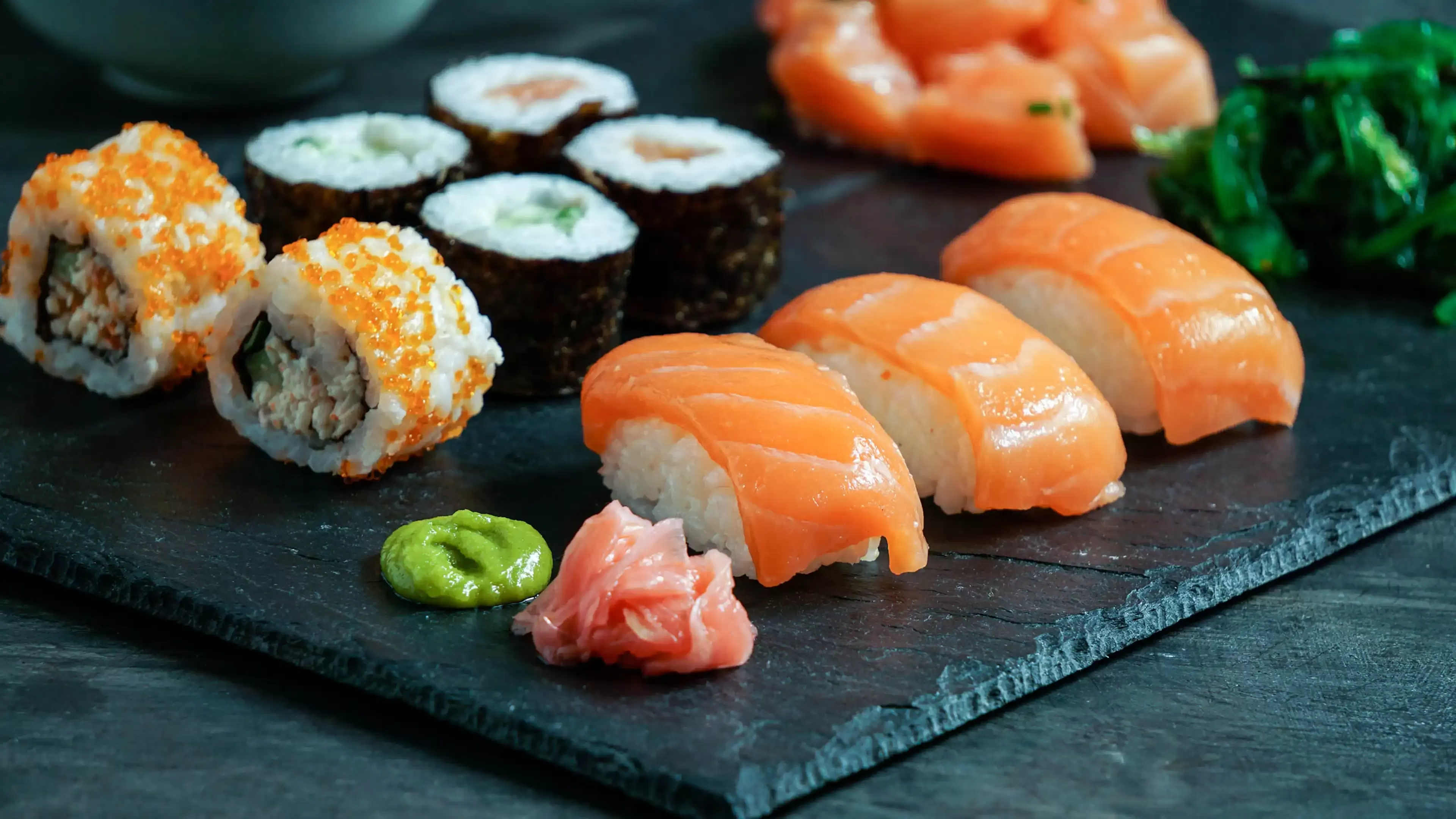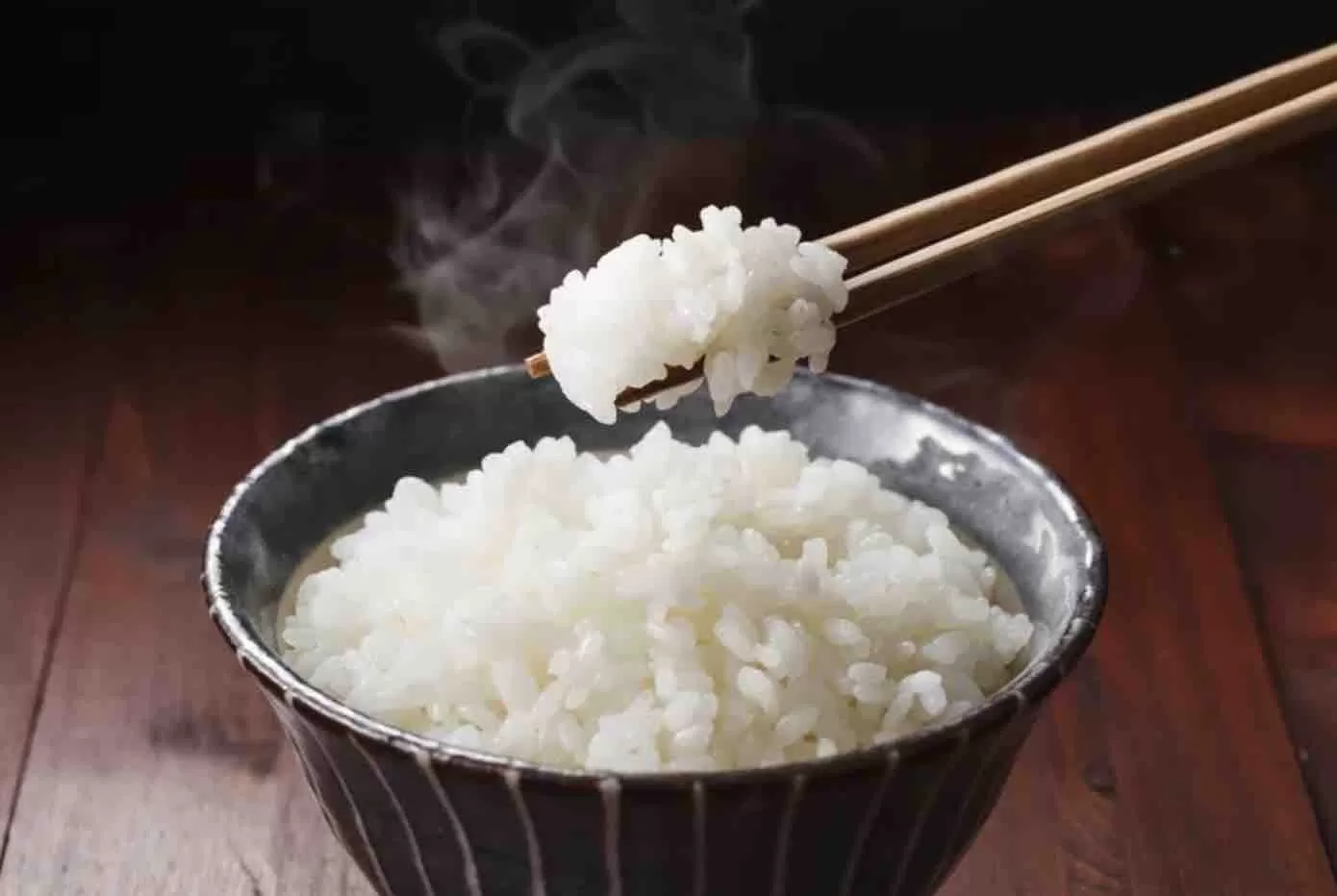Food
Sushi, the iconic Japanese dish, has become a global phenomenon, celebrated for its delicate balance of flavors, textures, and aesthetics. This ancient culinary tradition continues to evolve, captivating food enthusiasts around the world while staying rooted in its rich heritage.
The Evolution of Sushi
Originally, sushi was a method of preserving fish in fermented rice, which dates back to the 8th century in Japan. Over time, this preservation technique evolved into the sushi we know today. In the early 19th century, Hanaya Yohei is credited with inventing nigiri sushi in Edo (modern-day Tokyo), which involved placing a slice of fresh fish atop a small mound of vinegared rice. This innovation transformed sushi from a preserved food into a fast-food delicacy, perfect for the bustling city life.
Variety and Craftsmanship
Sushi comes in many forms, each requiring meticulous craftsmanship. Nigiri, sashimi, maki, and temaki are just a few examples. Nigiri features a slice of fish atop rice, sashimi is thinly sliced raw fish without rice, maki is rolled sushi wrapped in seaweed, and temaki is a hand-rolled cone of seaweed filled with rice, fish, and vegetables. Each type of sushi showcases the chef's skill and dedication to quality ingredients.
One of the cornerstones of sushi is the rice, known as "shari." It must be perfectly seasoned with a mix of vinegar, sugar, and salt, and cooked to the ideal texture. The fish, or "neta," must be of the highest quality and freshness, often sourced daily from local fish markets. Chefs spend years mastering these techniques, and the best sushi chefs, or "itamae," are highly respected for their expertise.
Modern Innovations and Global Influence
While traditional sushi remains highly valued, modern interpretations have also gained popularity. Chefs around the world experiment with fusion sushi, incorporating ingredients and techniques from various cuisines. For example, the California roll, which includes avocado and imitation crab, is a Western adaptation that has become a staple in many sushi restaurants outside Japan.
In addition to new ingredients, presentation and technology have also influenced sushi's evolution. High-end sushi restaurants often incorporate molecular gastronomy techniques, creating visually stunning dishes that engage all the senses. Furthermore, advancements in refrigeration and transportation have made it possible to enjoy high-quality sushi far from Japan, contributing to its global popularity.









